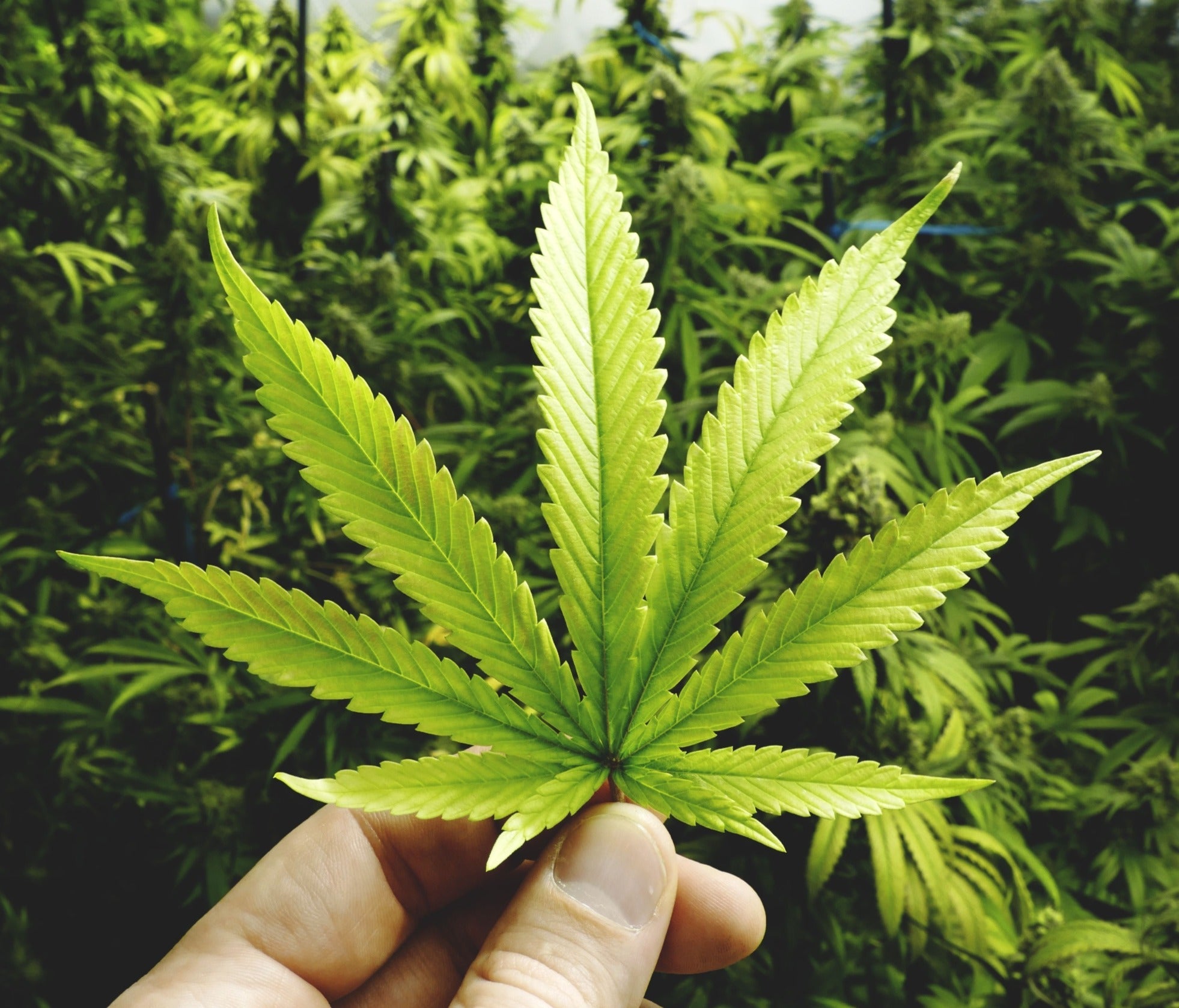
Earth’s average surface temperature rose over 2 degrees Fahrenheit since the late 19th century, and it is expected to rise another 2.5 to 10 degrees Fahrenheit over the next century, according to the National Aeronautics and Space Administration (NASA). Although a few degrees may not seem like much, NASA reports that this temperature change can cause altered precipitation patters, more extreme weather events, rising sea levels and other changes.
Reportedly, this global temperature rise is mostly due to increased carbon dioxide (CO2) emissions in the atmosphere caused by human activities. As a method of fighting climate change, the U.S. government may start paying farmers to sequester carbon. If this project comes to fruition, hemp farmers could be in a good position to benefit from the proposed carbon bank.
Hemp is especially good at absorbing carbon
According to documents published by the European Industrial Hemp Association (EIHA), “The production of Hemp is carbon negative, which means that it absorbs more carbon from the atmosphere than is emitted by the equipment used to harvest, process and transport it.”
These documents later reiterate how good hemp is at carbon sequestration. It states, “One hectare of industrial hemp can absorb 15 tonnes of CO2 per hectare.” For reference, one hectare is equal to nearly two and a half acres.
“Hemp’s rapid growth makes it one of the fastest CO2-to-biomass conversion tools available, more efficient than agro-forestry,” EIHA documents add.
Impacts to the hemp industry
A carbon bank involves producers and forest land owners earning carbon credits for the carbon they sequester. According to Hemp Grower magazine, the USDA would then buy those carbon credits from them and sell the credits to companies that want to reduce their carbon footprint.
According to a recent article in Hemp Industry Daily, a federally funded carbon bank could:
- Allow carbon payments to provide an additional revenue stream for existing hemp farmers
- Incentivize more farmers to incorporate hemp in their crop rotations, which would increase overall hemp production in the United States
- Encourage hemp farmers to grow varieties of hemp that sequester carbon over a longer period of time, such as some of the varieties grown for their fiber
“We see this as a great opportunity for the hemp industry and a great opportunity for the planet,” Jonathan Miller told Hemp Industry Daily. Miller is a lawyer for the U.S. Hemp Roundtable and a lobbyist in Washington D.C.
Where would the money come from?
Creating a carbon bank reportedly will require approval from congress. If congress gives this approval, the project will need funding to get started.
Agriculture Secretary Tom Vilsack has reportedly discussed the possibility of using $30 billion from the USDA’s Commodity Credit Corporation to pay farmers to remove carbon from the atmosphere. This fund was reportedly created in 1933, Vilsack explained to Hemp Industry Daily. The fund reportedly has a charter that specifically mentions stabilizing and creating markets.
“It’s really designed for this type of opportunity,” Vilsack said.
Under the Trump administration, this money was reportedly used to pay for COVID-19 relief and to pay farmers who were hurt by the trade war with China.
“The Biden administration might be able to redirect that money to create a “carbon market” that would directly pay farmers, part of the administration’s larger Climate 21 Project,” reports Hemp Industry Daily.
Many questions remain unanswered
Although the general idea of a federally funded carbon bank may sound appealing, many hemp industry leaders have questions about how exactly this would work. Unfortunately, the bulk of these questions cannot be answered right now because the U.S. Department of Agriculture reportedly has not released any specific details regarding the plan for carbon payments.
Many details surrounding the project remain unclear. Still, Miller has hope.
“I’m confident it’s going to happen. The question is how big and how bold it’s going to be,” Miller reportedly said. “We’re at the very beginning . . . Anybody who expects this to happen in the next year is going to be disappointed. But it’s coming.”
Sources
[1] https://climate.nasa.gov/evidence/
[2] https://climate.nasa.gov/effects/
[3] https://hempindustrydaily.com/bidens-proposed-carbon-bank-intrigues-hemp-industry/
[5] https://www.hempgrower.com/article/how-carbon-markets-credits-could-benefit-hemp-biden/








































